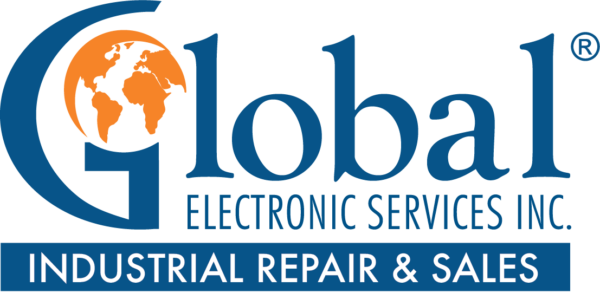The ROI of Safety: Proactive Safety Equipment Maintenance

Too often, safety is viewed as a necessary cost of doing business. Yet, wise manufacturing managers understand safety isn’t just about compliance or avoiding accidents — it’s an investment with tangible returns. Investing in safety equipment and maintaining that equipment to the highest standards can contribute to your bottom line. Are you measuring the ROI of safety investments in your factory?
The true cost of safety negligence
According to the U.S. Bureau of Labor Statistics, private industry employers reported 2.8 million nonfatal workplace injuries and illnesses in 2022. The National Safety Council estimates that the total cost of work injuries that year was $167 billion, including wage and productivity losses, medical expenses, and administrative costs.
The true cost of workplace accidents extends far beyond direct expenses:
- Lost productivity due to downtime
- Damage to equipment and property
- Increased insurance premiums
- Legal fees and potential fines
- Decreased employee morale and increased turnover
- Reputational damage affecting customer relations and business opportunities
The ROI of proactive safety equipment maintenance
In light of safety costs, proactive safety equipment maintenance isn’t just a good idea; it’s a cost-effective business strategy. The ability to mitigate accidents and the costs that come with them can become a source of significant returns for manufacturers:
- Reduced downtime: Well-maintained safety equipment is less likely to fail, minimizing unexpected shutdowns and keeping production lines running smoothly.
- Increased lifespan: Regular maintenance extends the life of safety equipment, delaying the need for costly replacements.
- Lower costs: Catching and addressing minor issues early prevents them from escalating into major, expensive problems.
- Improved compliance: Properly maintained safety equipment helps ensure compliance with regulations, reducing the risk of fines and legal complications.
- Enhanced productivity: When employees feel safe, they’re more focused and productive, contributing to overall operational efficiency.

A summer of safety: Investing in your facility’s future
At GES, we understand the value of proactive safety equipment maintenance. That’s why we’re excited to announce our “Summer of Safety” August special: 15% off when you repair three or more units of non-PPE safety equipment — or 10% off a single unit’s repair.
This is an excellent opportunity to invest in the maintenance of critical safety devices:
- Photo eyes may require service if their lenses become dirty or misaligned, which can prevent them from accurately detecting objects and stopping machinery as intended.
- Light curtains need regular calibration and cleaning to ensure beams remain aligned and functional, as dirt or misalignment can compromise their ability to detect breaches effectively.
- Safety scanners can suffer from sensor degradation over time or exposure to harsh environments, leading to reduced accuracy in detecting objects or people, thus requiring periodic recalibration and maintenance.
- Emergency stop buttons (E-stops) should be regularly tested and maintained to ensure they are functioning properly, as wear and tear or electrical issues can prevent them from shutting down machinery quickly in emergencies.
- Safety interlock switches may become worn or misaligned due to frequent use, which can compromise their ability to prevent machinery operation unless safety guards are in place, necessitating regular inspections and adjustments.
- Safety mats can wear out from constant foot traffic, potentially leading to sensitivity issues that prevent them from effectively stopping machines when stepped on, requiring periodic replacement or repair.
You can’t put a price on peace of mind
The ROI of safety is clear: proactive maintenance of safety equipment isn’t an expense — it’s an investment in your company’s future. By prioritizing regular upkeep of critical safety devices, you’re protecting your workforce, improving operational efficiency, and ultimately boosting your bottom line. Dollar for dollar, it’s a strategy that more than pays for the investment of putting safety first in your facility.
